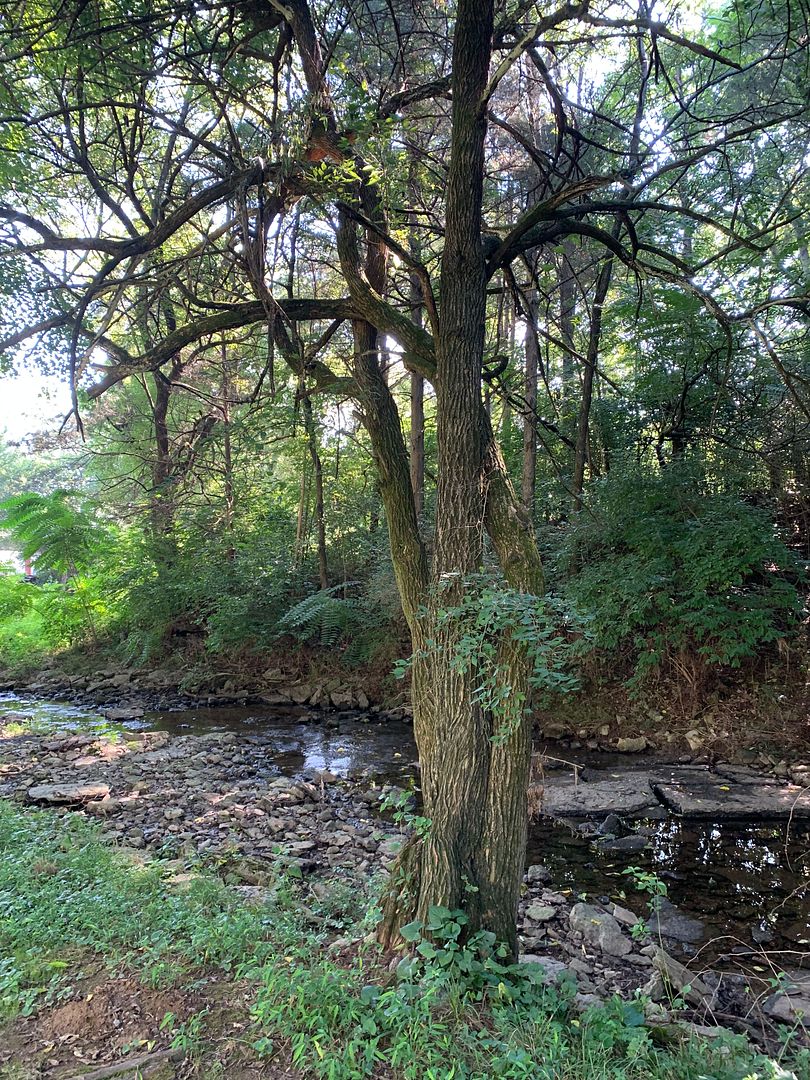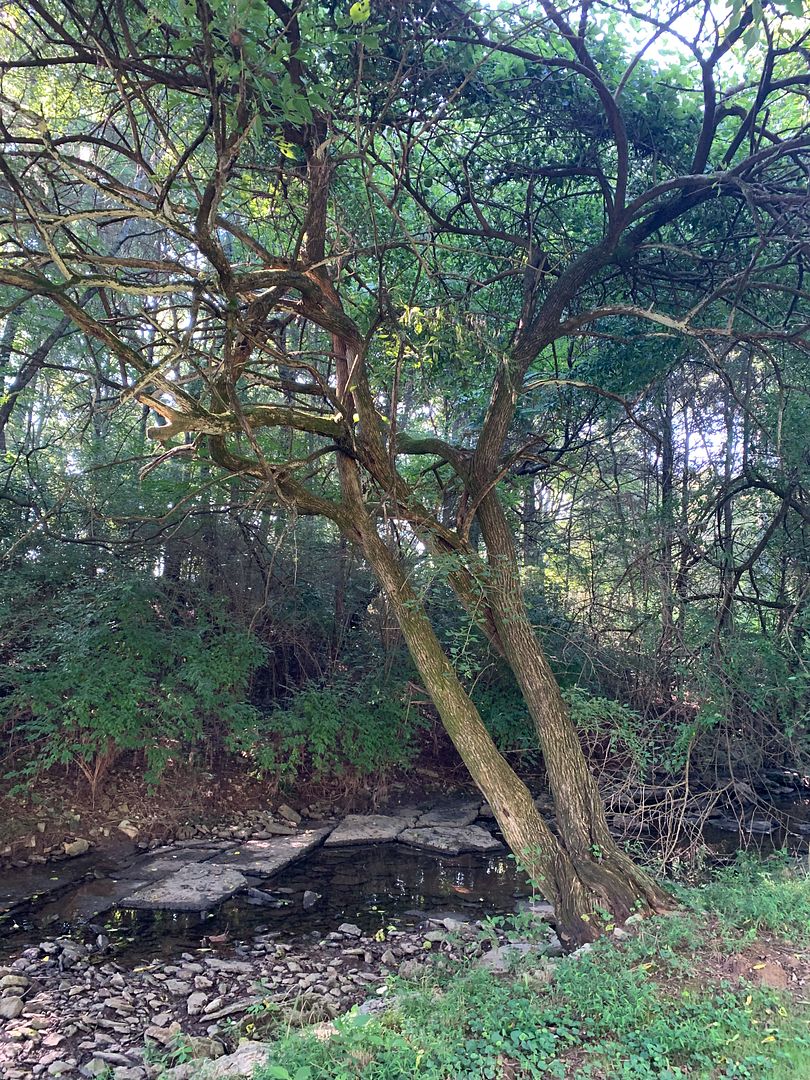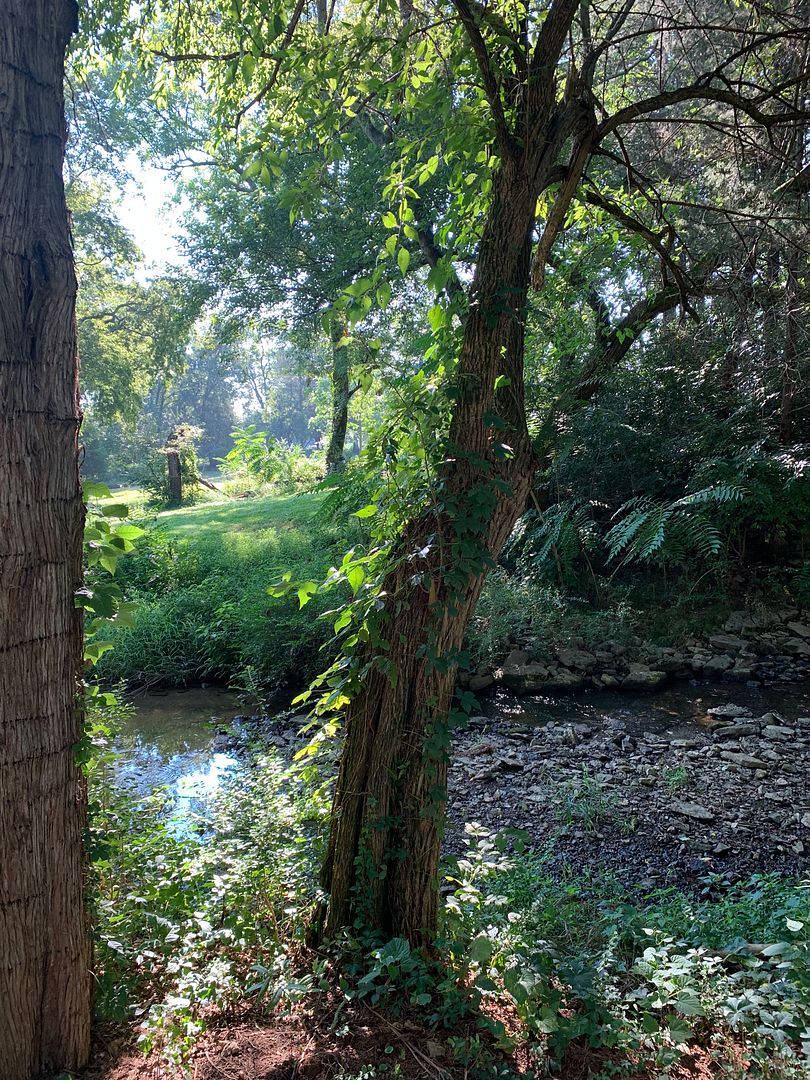I'm having a few trees taken down next week. While going through the trees that are coming down, the tree guy told me I had three Bodark trees.
Not having heard of these, I looked it up and found out these are also known as Osage Orange trees.
Should I save a few big chunks for possible future turning?
He said it is an extremely hard wood.





 Reply With Quote
Reply With Quote








